What is Rosé de Saignée Champagne?
16th November 2020
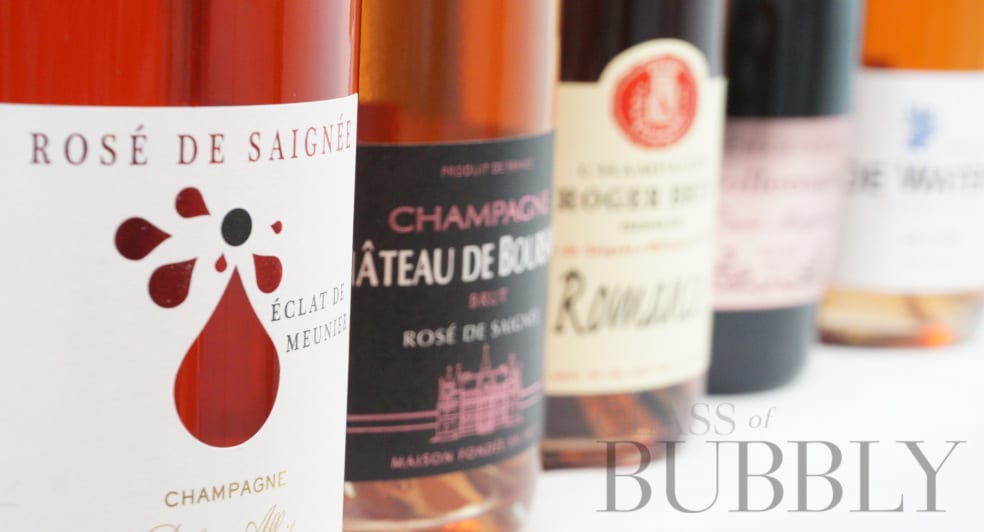
Champagne is high up on the list for many wine lovers though when we see pink Champagne then it usually takes things up to another level for us. There is something that is just that little bit more exciting, romantic, sensual and usually expensive too when it comes to rosé / pink Champagne.
“When people ask me as to why rosé Champagne is more expensive, then the answer I give is that, in my mind, is it slightly more appealing and usually limited in production causing its price to be higher than standard Brut. There is also the production of rosé which can be slightly more labour intensive such as delicate and time important contact with red skin grapes to deliver the pink shade of wine juice required to make it (saignée).“
Most occasions, when at the local supermarket, the rosé labels of all the famous Champagne brands will be priced higher and this margin can be a good £5 to £10 or even more. Producers and the shops know that consumers see pink Champagne as a bit more desirable over standard brut (white) Champagne – Said to be more appealing to the ladies over gents, rosé Champagne is also seen as a lot more adaptable to food pairings from duck breast to fresh fruit desserts.
How do you make rosé Champagne?
Two main ways in which rosé Champagne is made that we see today are:
- Assemblage: This is the simple process which sees a small amount of red wine (usually Pinot Noir) added to the blend, usually with the guideline of 7% to 15%. Depending on how much red wine is added will depend on the shade of rosé that you will see when the wine is poured.
- Saignée: A less common process is the saignée method which translates to English as ‘bleeding’ method. A more labour intensive way to produce rosé Champagne in that the colour from the skins of the red grapes during the pressing is released in to the blend. The longer the skin contact is the darker the Champagne will become. Usually a rosé de saignée Champagne will be a darker shade over the assemblage options.
Rosé de Saignée:
Not all Champagne houses will produce a rosé de saignée, most times you will see assemblage and certainly for the bigger volume producers. There are though many times that you will see a rosé Champagne that is a saignée method which will be stated on the label.
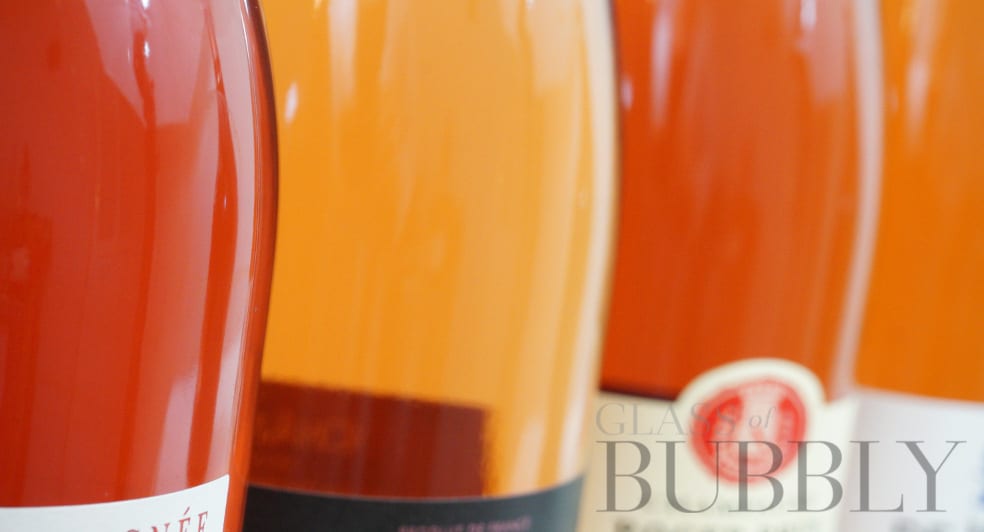
Different Shades of Rosé de Saignée
Having watched rosé de saignée Champagne being blended many times, the most important part of the process is timing. Depending on the shade required by the wine maker, it could be anything from 12 to 24 hours skin contact and once that shade has been achieved then removing the skins quickly is the key to maintaining that shade. Sometimes this could mean a wine maker checking the colour every 30 minutes and removing the blend from contact with the skins and seeds during the middle of the night.
Another result of saignée method over assemblage is aroma and flavours from the Champagne. Many will suggest, myself included, that a rosé de saignée will offer a far richer tasting experience with more concentrated fruity and terrior characters. Standard rosé Champagne, though also very good from many houses, will just provide a touch of red berry fruit expression to what its brut edition does.
Where can I buy Rosé de Saignée Champagne?
Here below are five award winning Champagne rosé de saignée that you can purchase and try today:
Champagne Château de Boursault – Rosé Saignée:
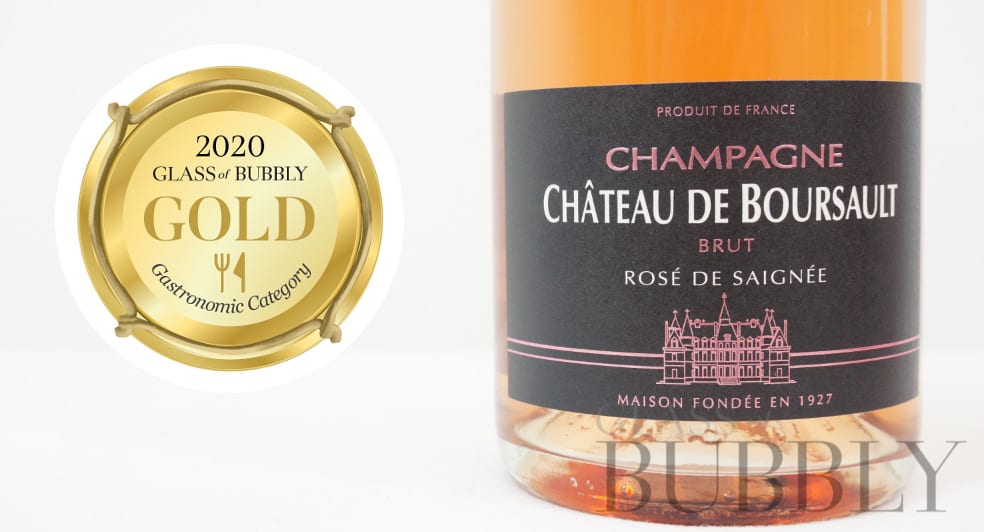
Champagne Rosé de Saignée Château de Boursault
Tasting notes: “Lighter shading style yet packed with red berry fruits and complexity. Smooth and not dry, refreshing and not overly acidic, great length tempting you to take another sip.”
Champagne Château de Boursault is one of the lesser known labels though holds one of the biggest secrets of Champagne. This magnificent winery owns the original neo-Renaissance château that was built for Madame Clicquot Ponsardin (of the family Veuve Clicquot Champagne house) which is a magnificent wine tourism destination just a few KM’s outside of Epernay.
Champagne Robert Allait – Cuvée Eclat de Meunier:

Champagne Rosé de Saignée Robert Allait Éclat de Meunier
Tasting notes: “Dried red berry fruits / raspberry along with chalk on the nose – You are expecting a somewhat dry flavours. The flavours are intense red berries, hint of dark red rose petals, peppery spices and a dry red berry minerals length. Great for food pairings for sure.”
Champagne Robert Allait are located in the village of Villers-sous-Châtillon and we one of the very first wineries to become regulated and accept for their sustainability production. Their focus is very much of sustainable practices and giving back to nature what it gives the family and their award winning Champagnes.
Champagne Roger Brun – Romance:
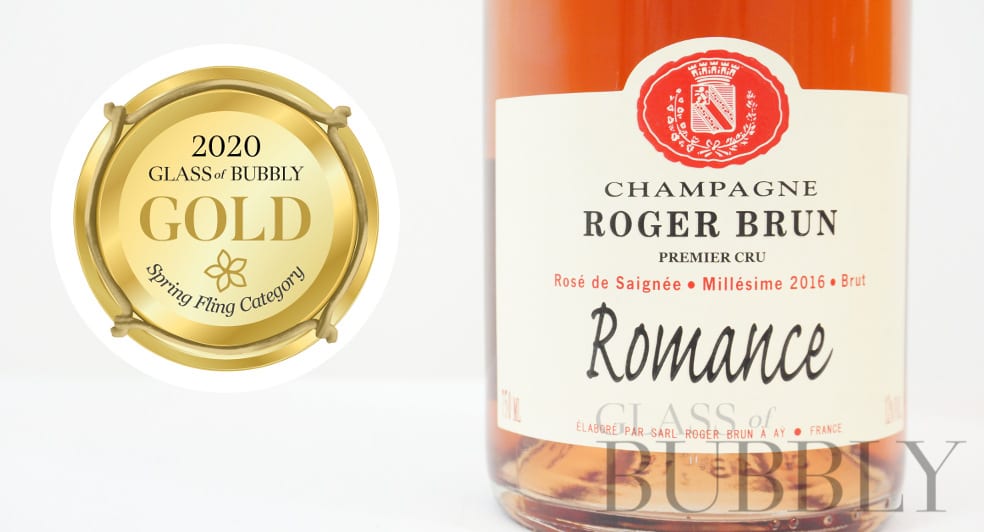
Champagne Rosé de Saignée Roger Brun Romance
Tasting notes: “A bowl of freshly picked strawberries on the nose. Flavours are rich and give a medium acidity alongside red currant / freeze dried raspberries. A decent length with a dry finish.”
Champagne Roger Brun is one of those secret treasures that you discover when you are on the trail to find finer and better quality Champagne. It is a name that few know though of those that do, they will rave about the wines that are produced and are forever fans. Located in what many say is the capital village of Champagne, Ay, you will step back in to time and tradition when you visit this winery and especially the current wine maker Philippe Brun who is a highly respected name in the industry and full of wonderful conversations and experience.
Champagne Vollereaux – Cuvée Marguerite Rosé 2012:
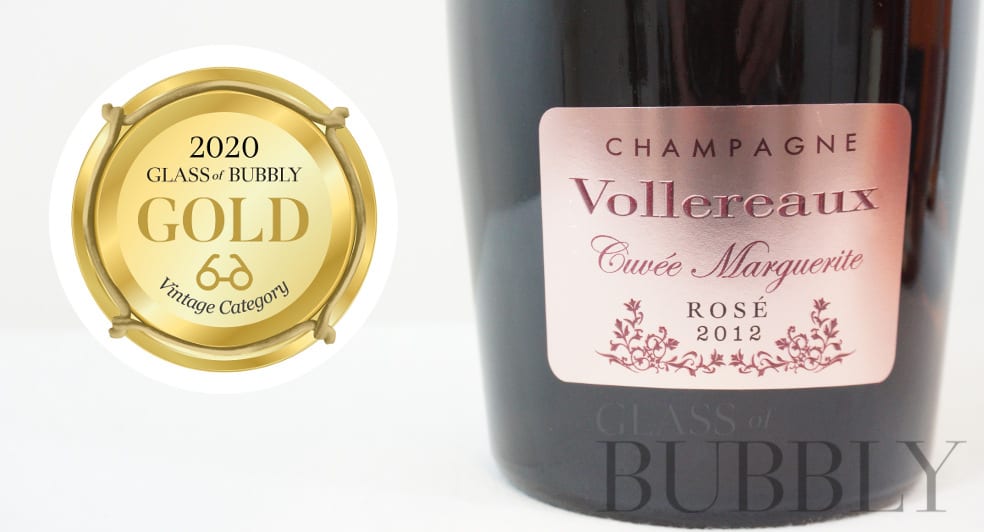
Champagne Rosé de Saignée Vollereaux Cuvée Marguerite Rosé 2012
Tasting notes: “This is something special. A wonderful display of complex and welcoming red fruits with a touch of mystery. It is a wonderful partner to many fine cuisine options. This is a gold medal winning Champagne though I can easily say this deserves a push up to a trophy.”
Champagne Volleraux are open to public visits and offer a brand new tasting room to not only explore their many different labels, but you will also have the chance to try food pairings also. This saignée from Vollereaux is one of the finer quality examples of this style of wine thanks to its age (2012) – It is perfect to enjoy either now or in the next couple of years.
Champagne De Watère – Premier Cru Brut Rosé de Saignée:
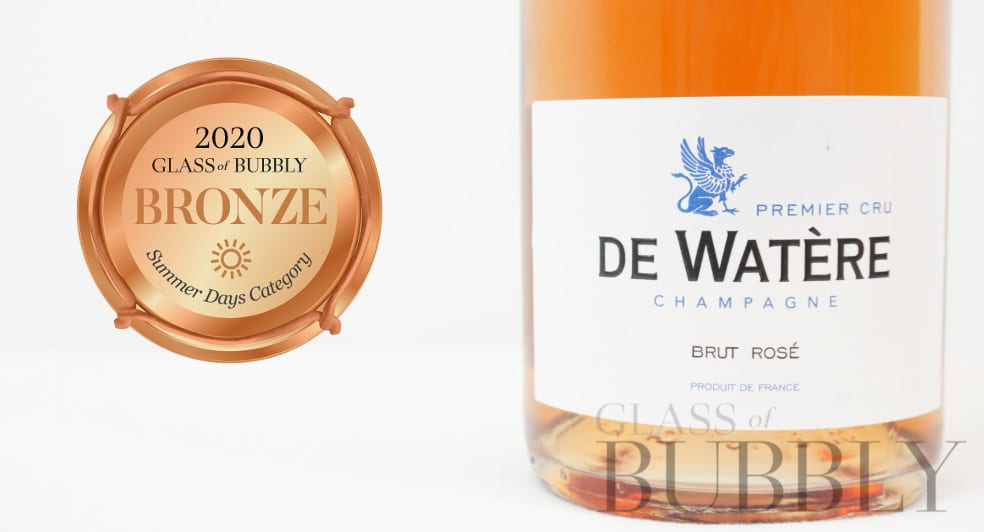
Champagne Rosé de Saignée de Watére
Tasting notes: “An herbaceous, red fruits, bruised red apple aromas. Well balanced. Fruity and sweet yet throwing a dryness at you. Red berry fruits, cooking apples and a touch of forest floor / yeasty in length.”
Champagne de Watére is a relatively new name on the block (founded 2011) with both a Brut and Rosé de Saignée offered. Already with a selection of awards to their name with their Brut label obtaining a Trophy at the Glass of Bubbly Awards 2020.
![]()
Christopher Walkey
Co-founder of Glass of Bubbly. Journalist and author focused on Champagne & Sparkling Wines and pairing them with foods.
